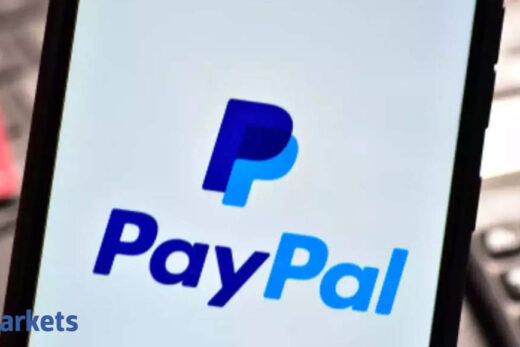How are you looking at UPL?
UPL should be viewed as a global company because it has operations in several countries and crop protection, crop customisation of various chemicals and specialised chemicals. Large mechanised farms outside of India require different levels or types of crop protection methods. A global company like UPL is aware of what changes are happening and what are the solutions that it can provide. That places the company in a very unique strong position.
Secondly, after its acquisitions, the debt levels have gone up. It has a clear roadmap to bring down the debt. In terms of the growth path, we will see strong accelerations for UPL, going into FY23. So there is a combination of a reduction in debt and as well as acceleration of earnings and fairly inexpensive valuations.
How are you approaching the pharmaceutical space?
In the last week or so, some of the pharma companies have corrected significantly. For instance, Glenmark Lifesciences is now trading more or less below its IPO listing. It is a company with fairly visible growth over the next two years. It now trades at about 10-11 times FY23 and it is in the API business which continues to be in demand. That company is definitely looking good.
has announced the three dose vaccination. With plans of opening schools, vaccinating children is a good idea. Given that it is a very important need in India today and we have a very big young population, that is a positive catalyst for Cadila.
The third stock is Aurobindo. It has come off quite significantly as one of the more inexpensive stocks today. Though it is a slightly lower margin business versus other pharma companies, the valuations are on its side. So that is a stock worth considering.
At what level will Tata Steel and Hindalco qualify as a buy again?
Tata Steel has increased its reduction of debt plans by an additional billion dollars now. These are very big numbers. After the debt reduction plan, the company is trading at about 5.5 times EV/EBITDA and that is a very attractive valuation and the growth in European business is just round the corner. The US is accelerating faster in terms of rebound in steel volumes. Domestic demand is good even when economic recovery has not yet taken shape in India. There is sufficient upside left in Tata Steel.
Do you think SBI Life is a long-term story that one can still buy even after the runup in the last six months?
Despite the runup in the last few months, the stock has still underperformed the other insurance and financial services companies and given its market positioning and its reach, it has one of the best reach versus other insurance companies given the spread of SBI itself not just in tier I but across the lower tier cities.
This pandemic has helped change the perspective on insurance from a being push product to something which people now want to take voluntarily. So there is a catalyst which was not there before and which will show up in earnings in the most immediate quarters and therefore changing the earnings growth rate profile for the company. The persistence ratios still remain intact. There is no discernable change and therefore SBI Life is good for a longer term buy.
Which are the three stocks which you have acquired in the last three months?
Two have been metals — Tata Steel, Jindal Steel and Power. Despite fear of taper, the infrastructure push still remains intact and from a domestic perspective, it has hardly begun. It has helped the revenue volume growth for these companies. The third one is SRF. It is a chemical company. It has multiple legs of growth. Over 50% of its revenue was export related. These are with an improving margin trend, as not only China plus but also given the diversity of its R&D facilities, it is a clear market leader and not just a chemical company. This has multiple legs of growth, going over the next two or three years.
Did you buy Zomato?
We bought Zomato. Zomato is not such a big position for us but clearly we did invest and we still continue to hold and it is a company which from a negative operating margin currently minus 11%, will turn if competition does not intensify as much and certain economies of scale are achieved. Then there will be a plus 25% operating margin. Now if that happens, then the stock will go significantly higher.
If on the other hand, competition comes in next two, three, four years, then instead of growing at 25% margin, it will end up somewhere in between, but by then Zomato will branch out into grocery deliveries and a couple of other adjacents. The additional revenue will take care of the slightly depressed margin expectations. This is a business model wherein you are aggregating using technology with a relatively low skill worker base. Now there are basically people delivering from A to B, picking up food from a restaurant and delivering it somewhere else. So employees of Zomato do not really need to be high tech. They just need to follow the instructions given to them by their app. So when you have a single app which… or rather technology which controls a lot of low cost base to deliver your earnings, that translates into high margins over a longer period of time.



